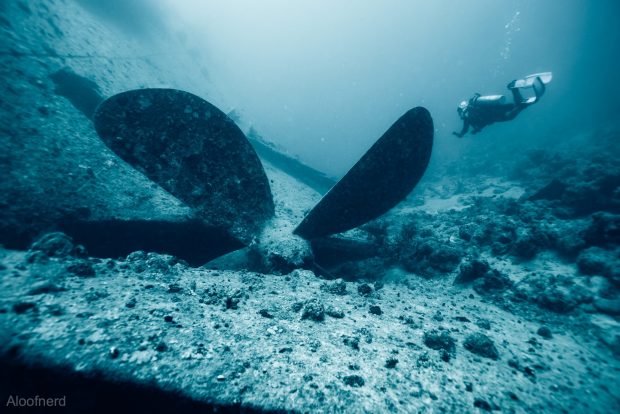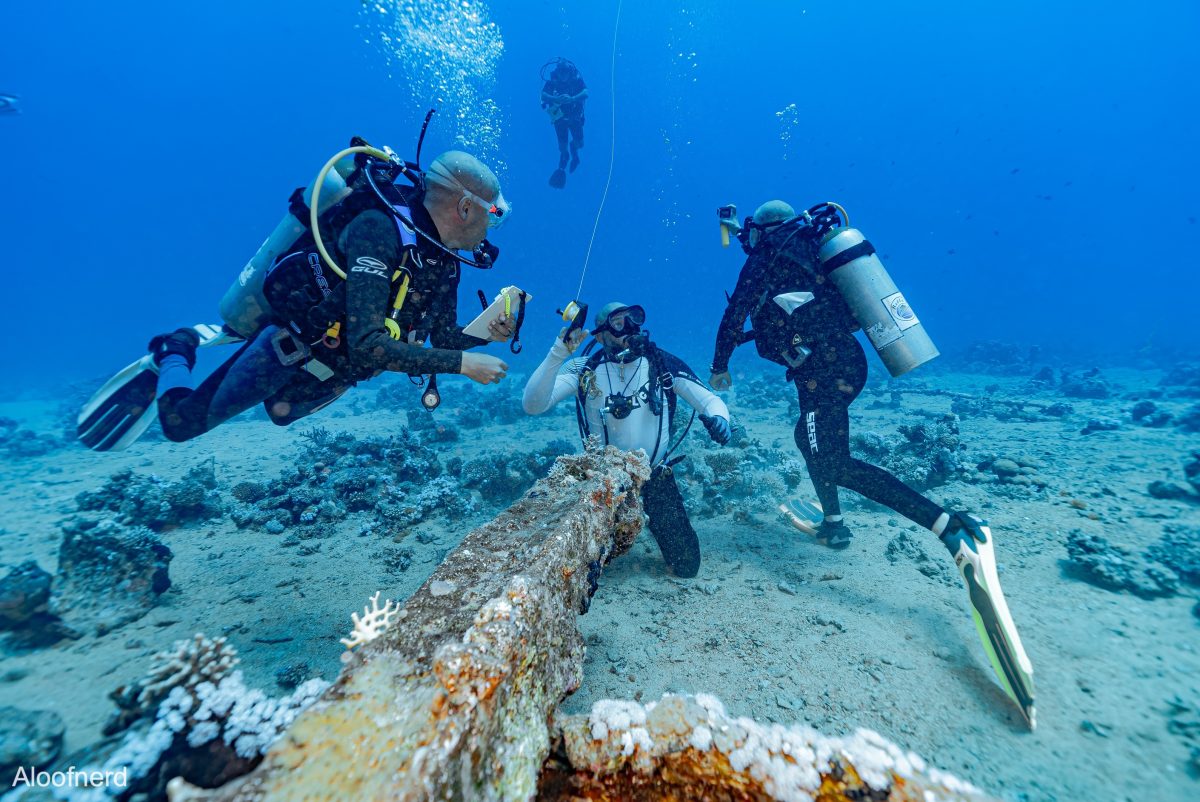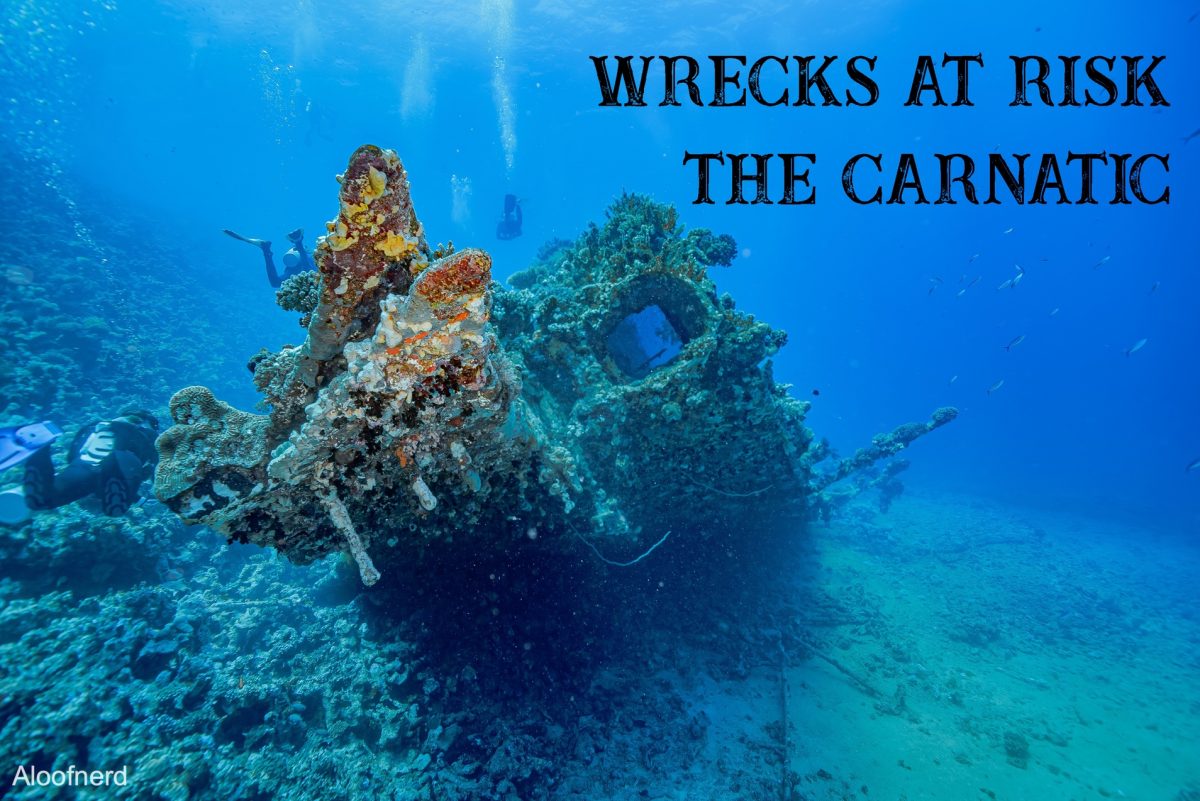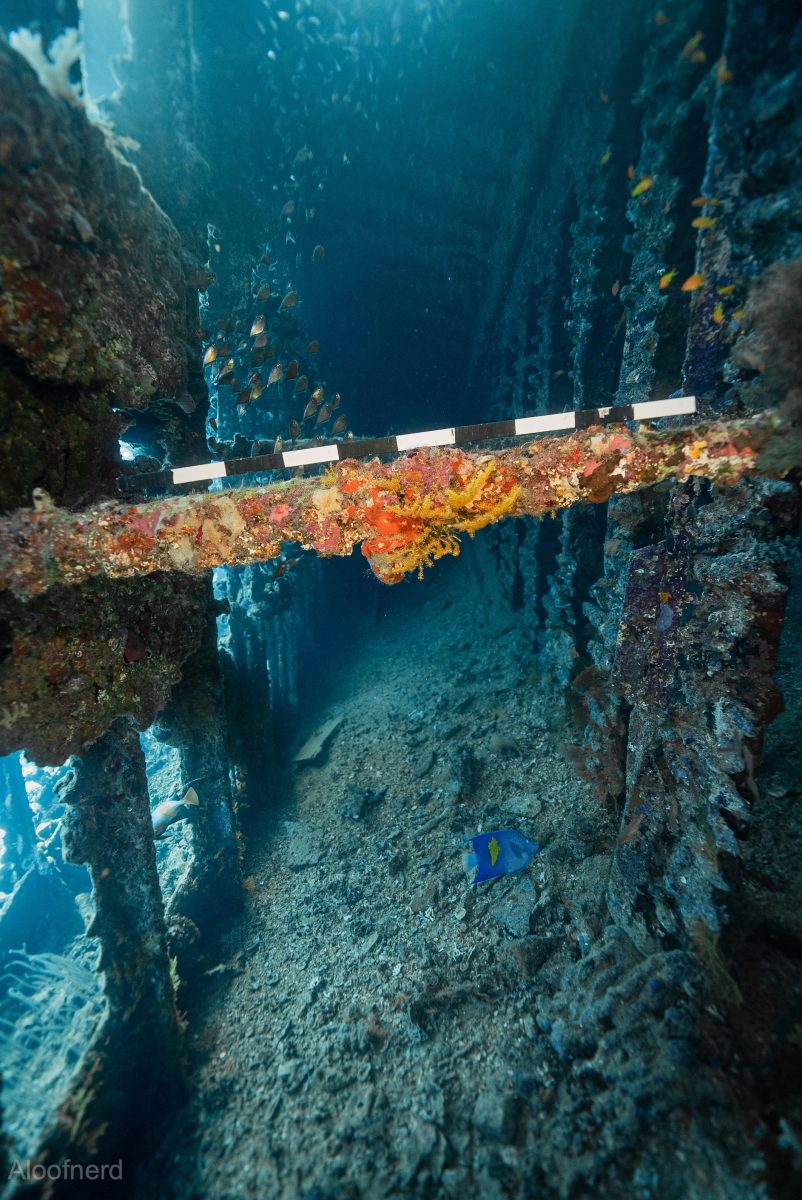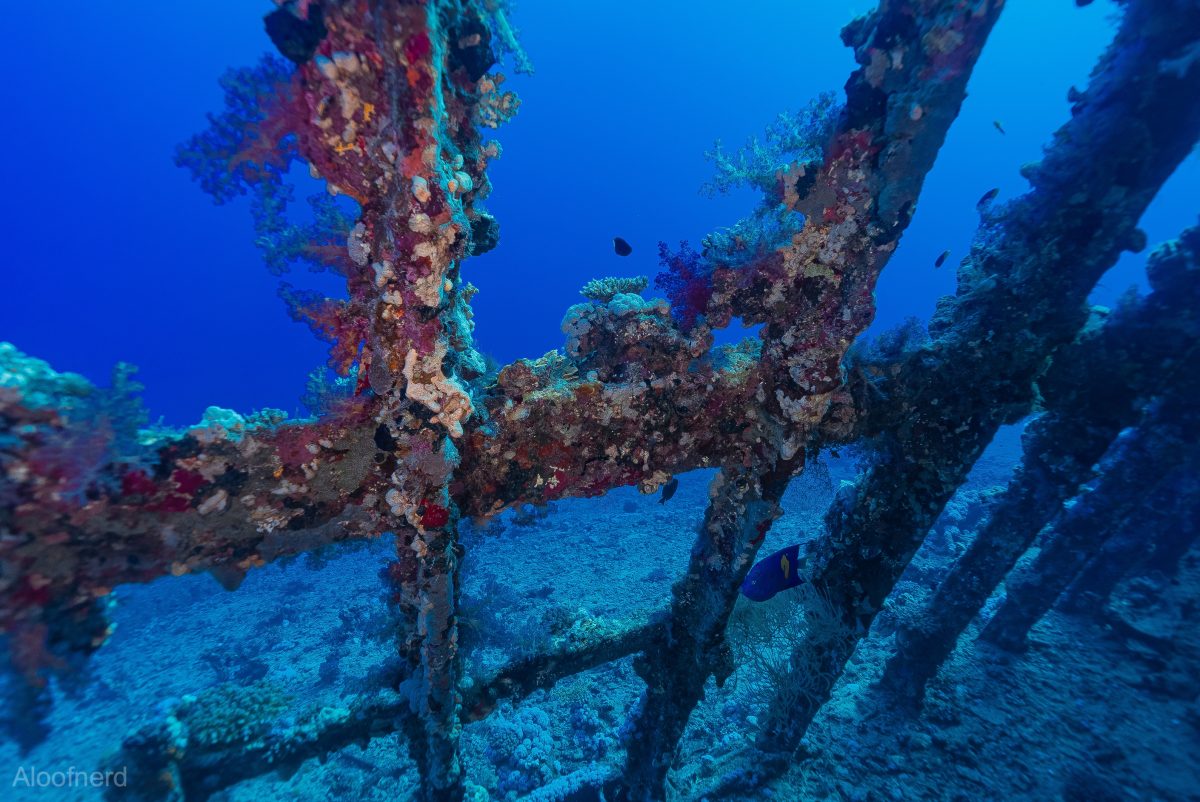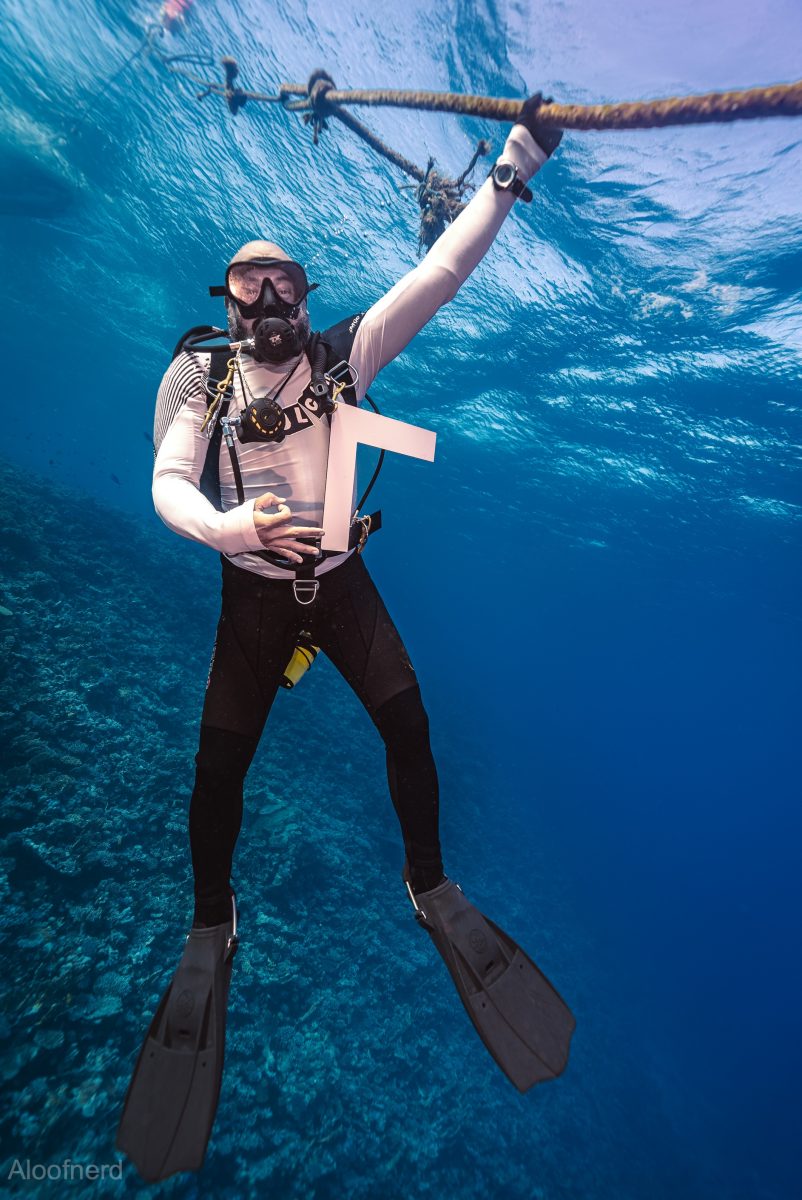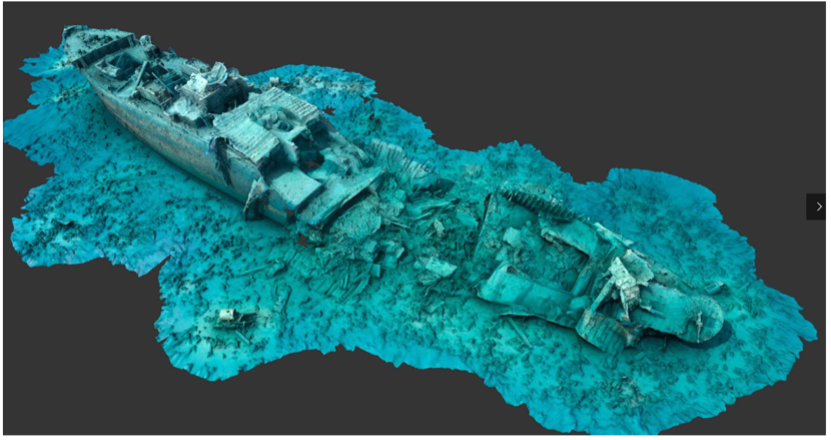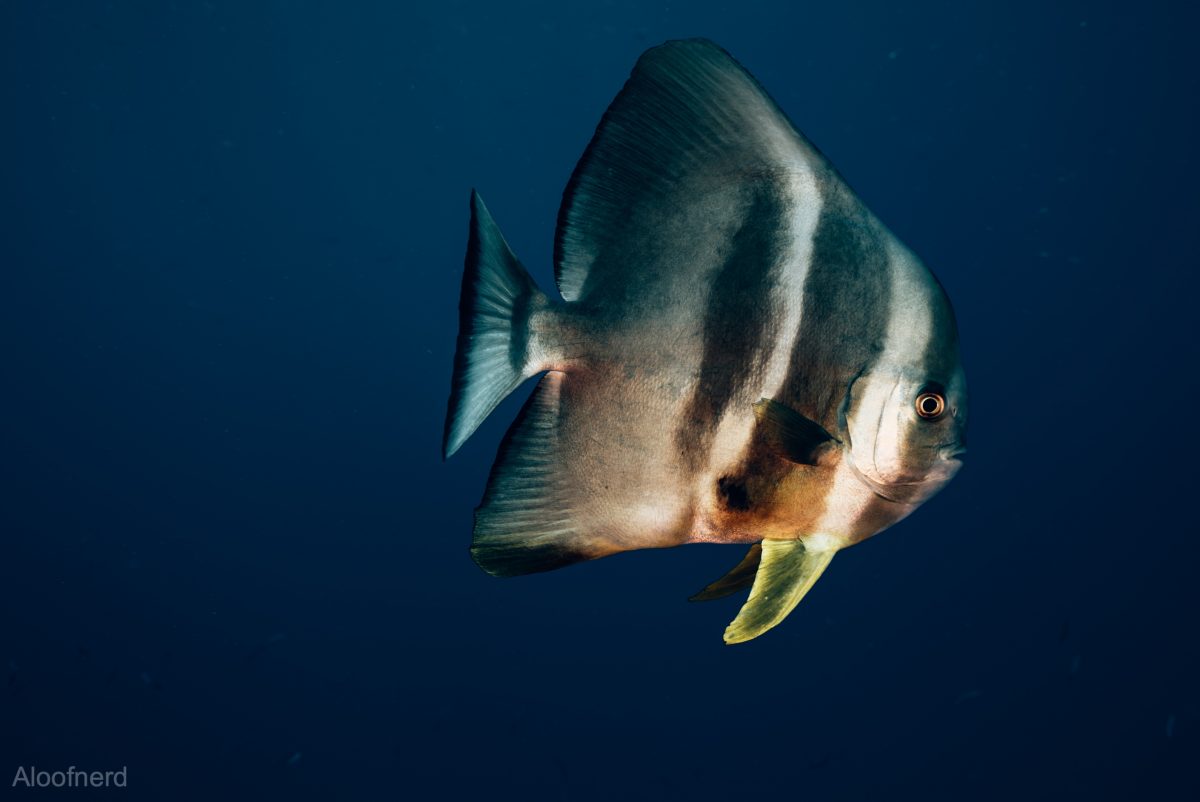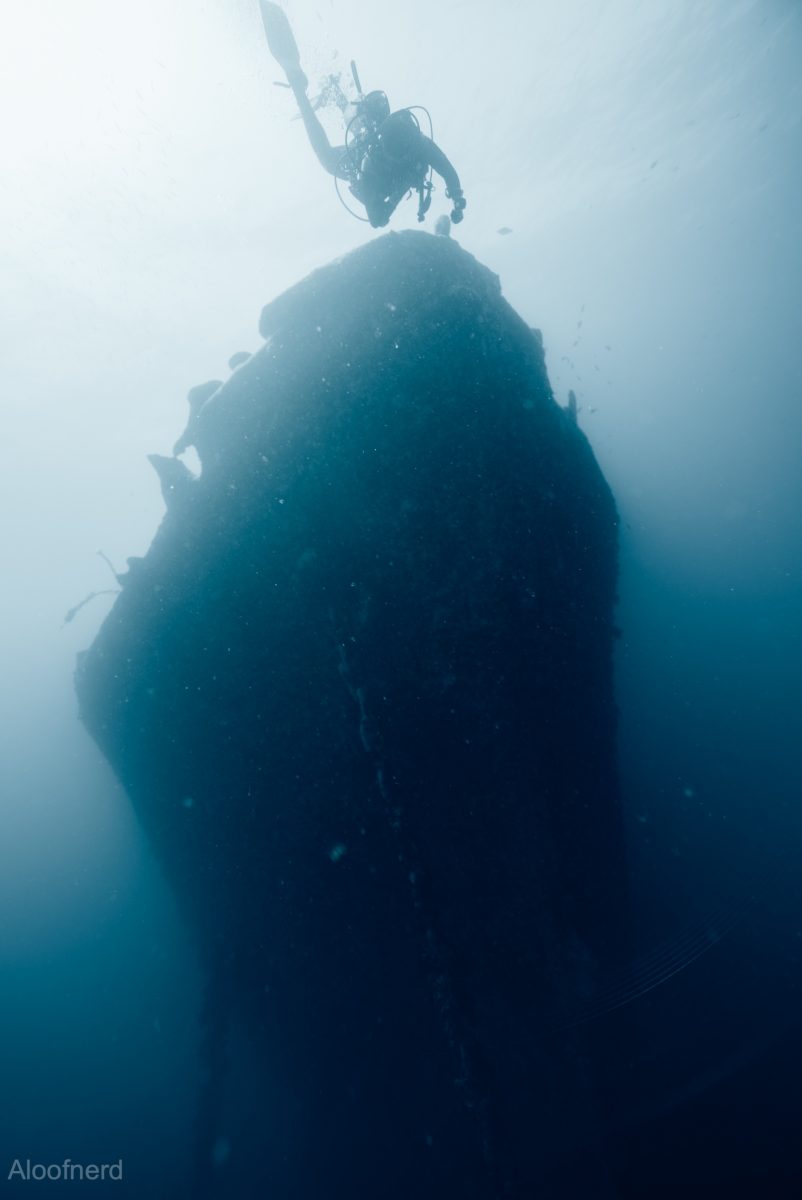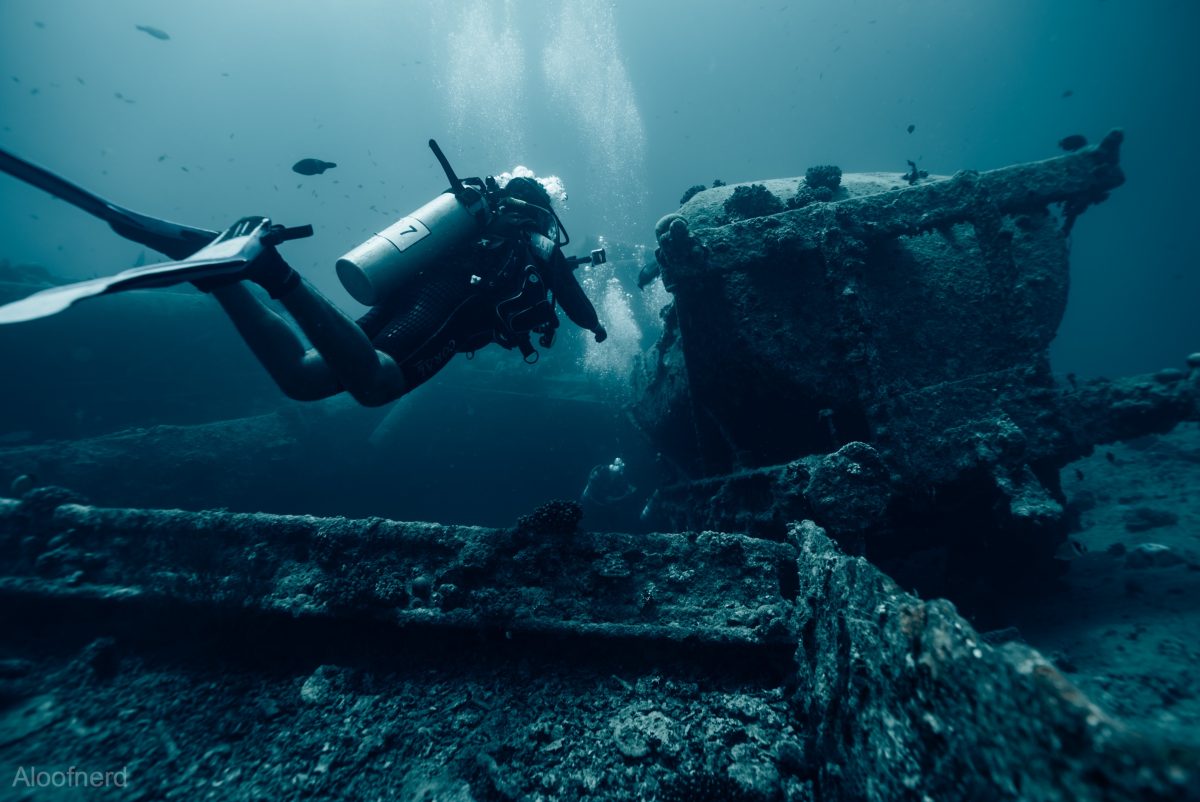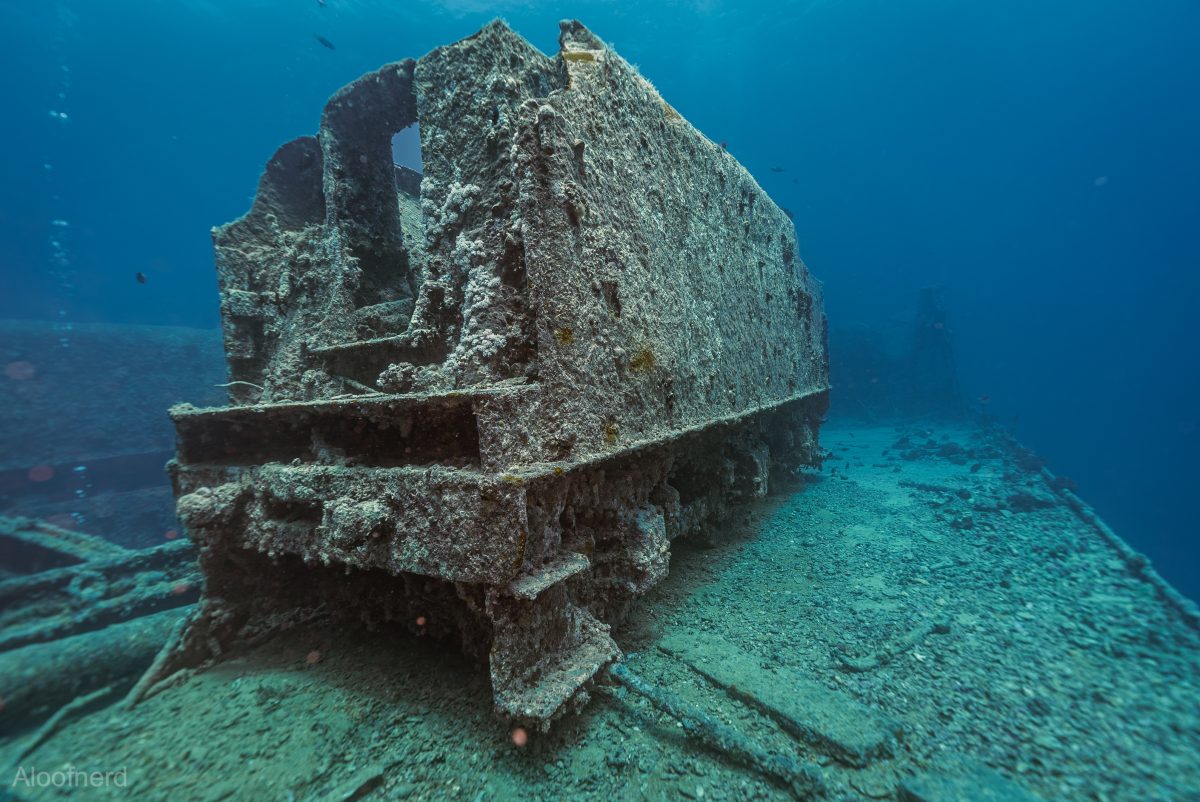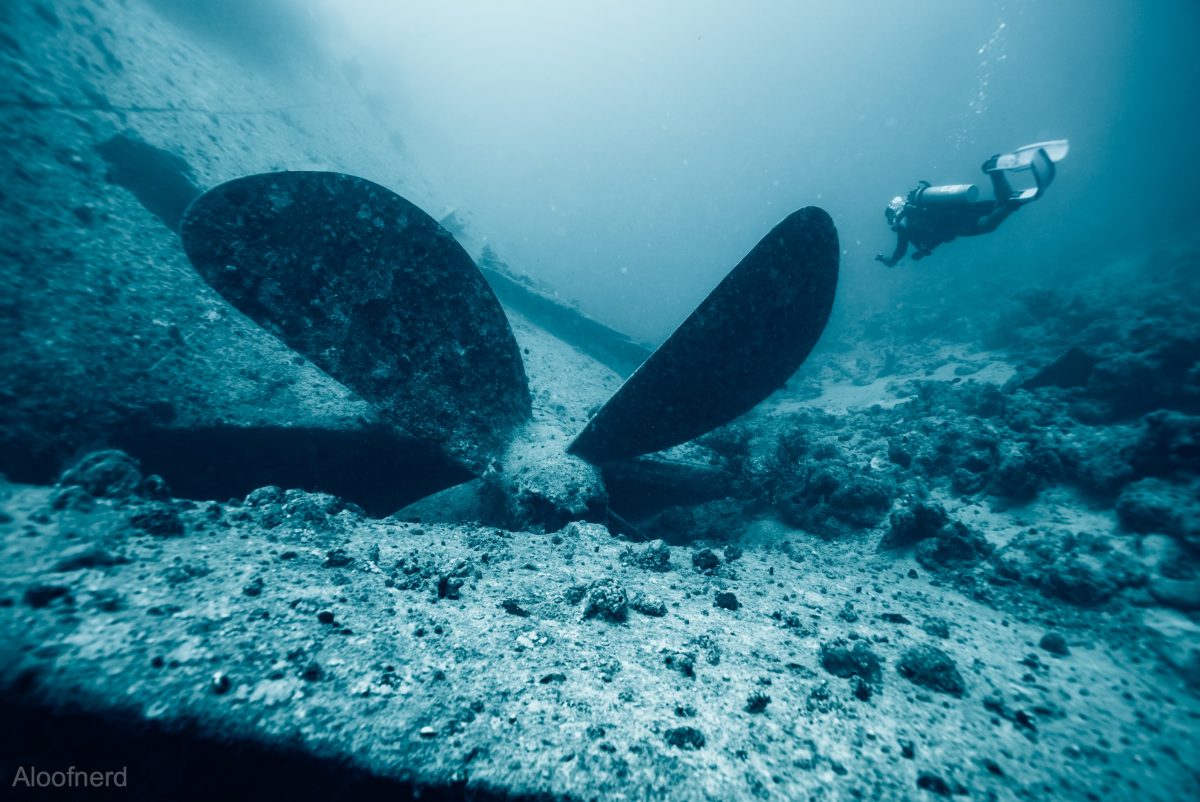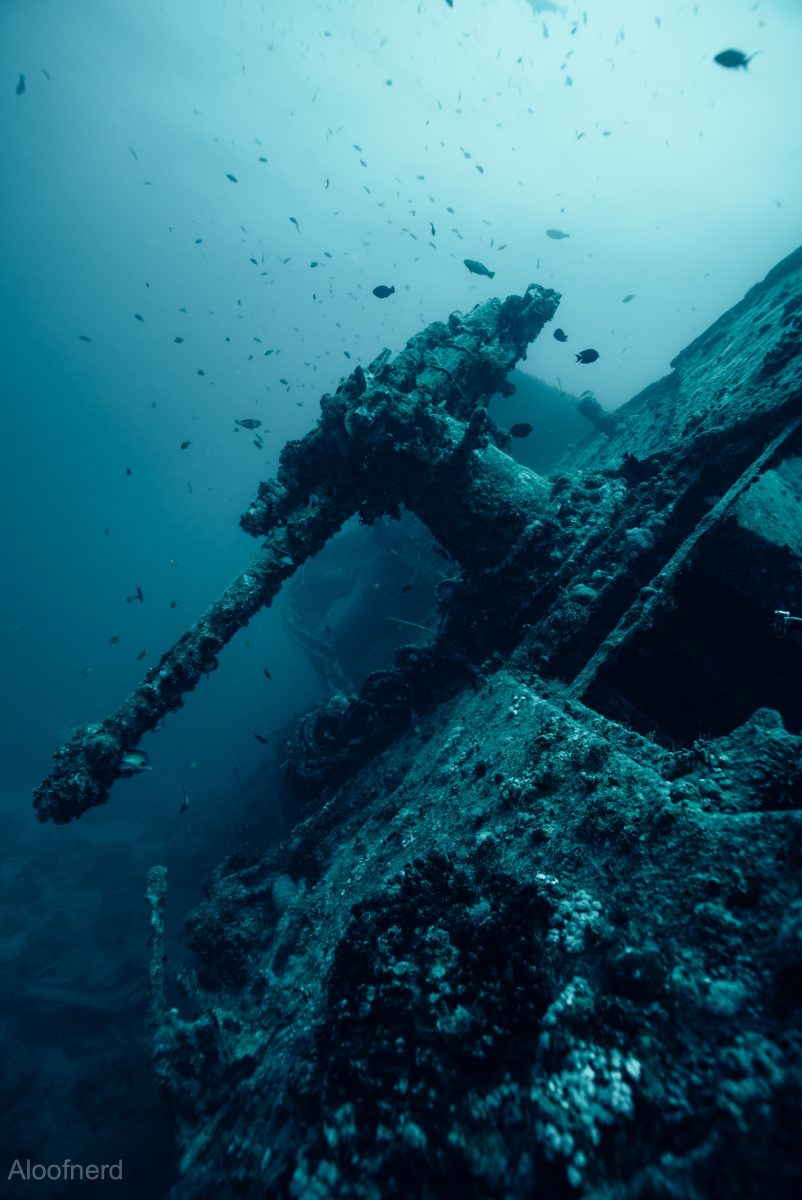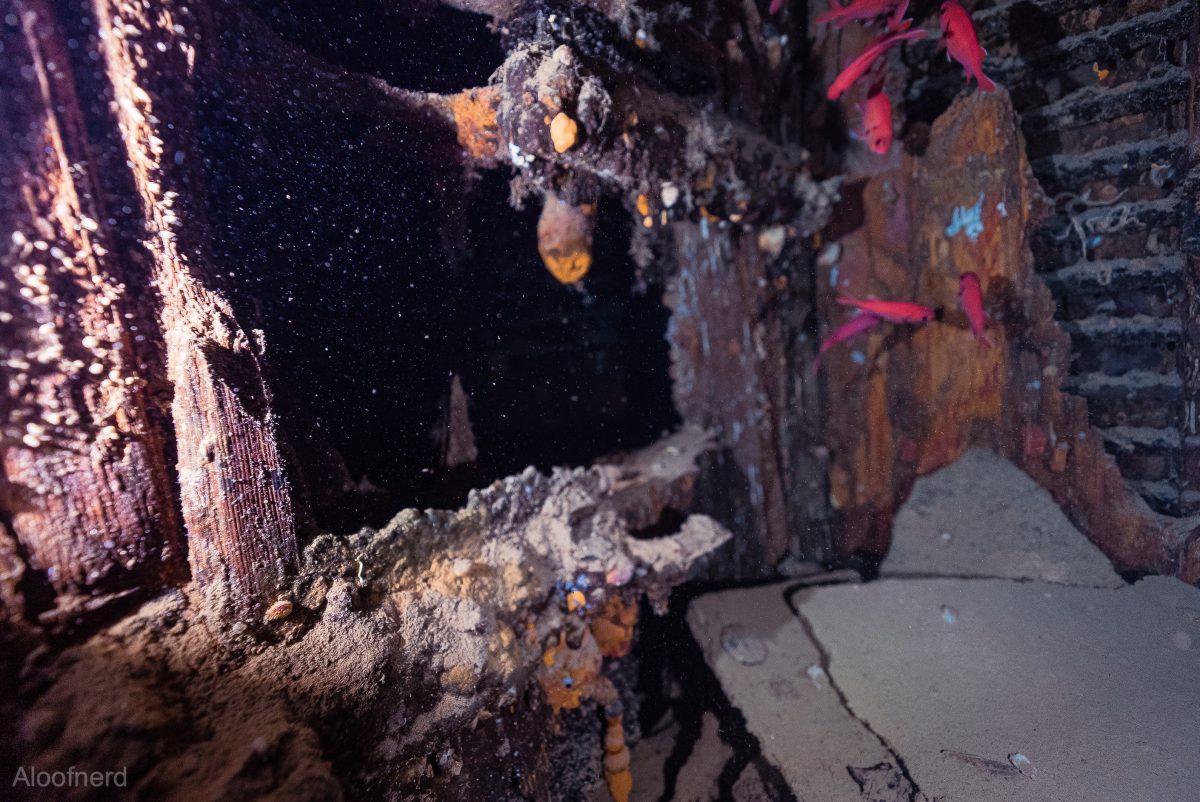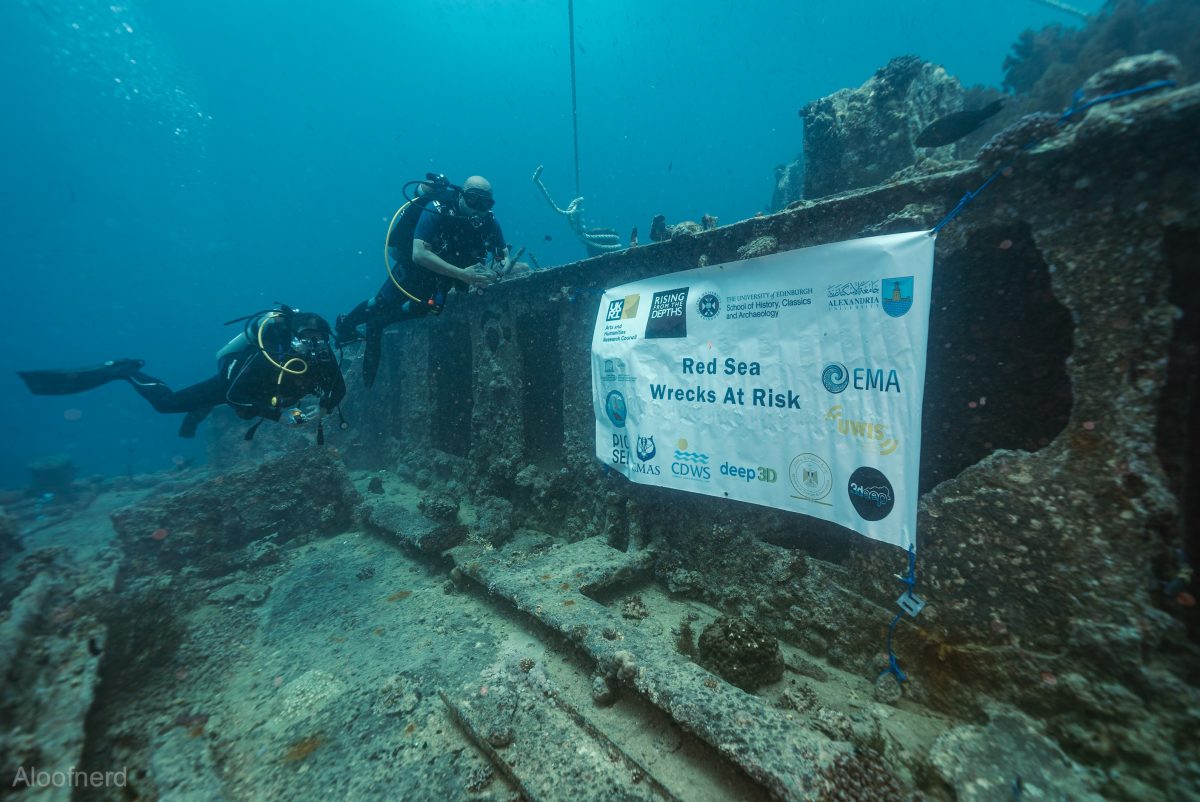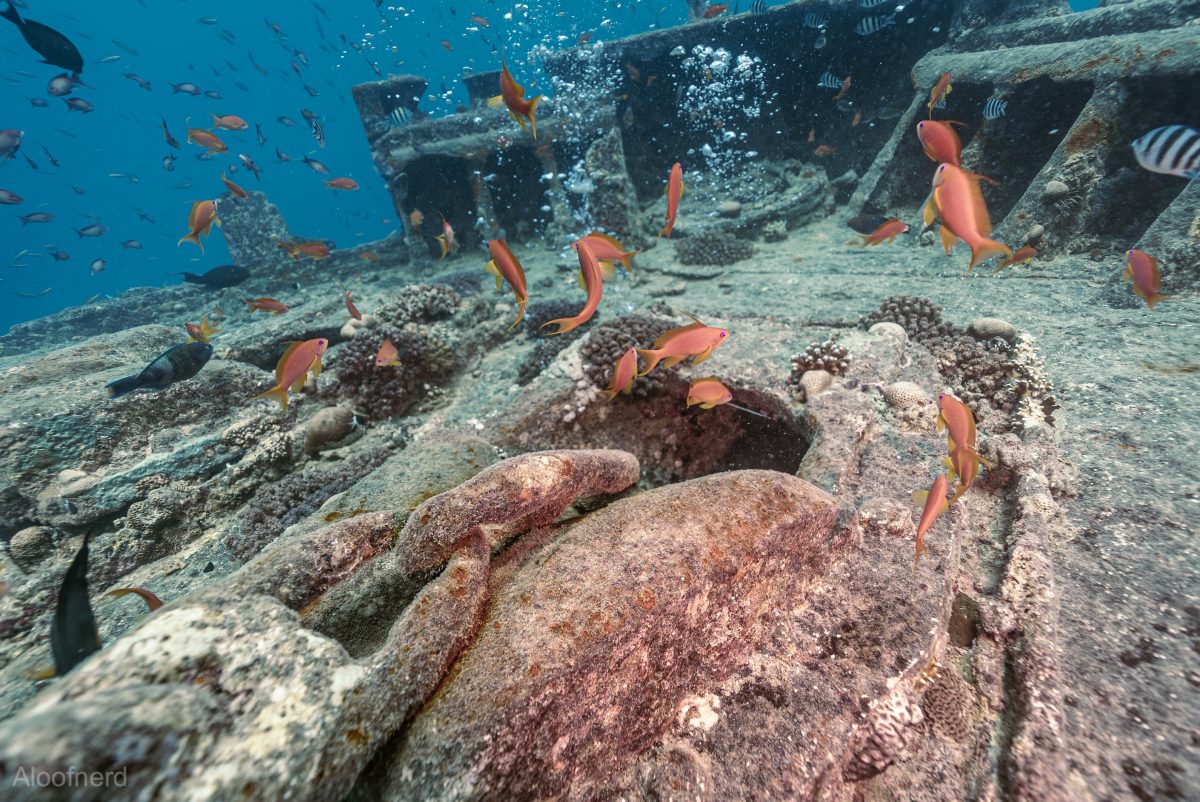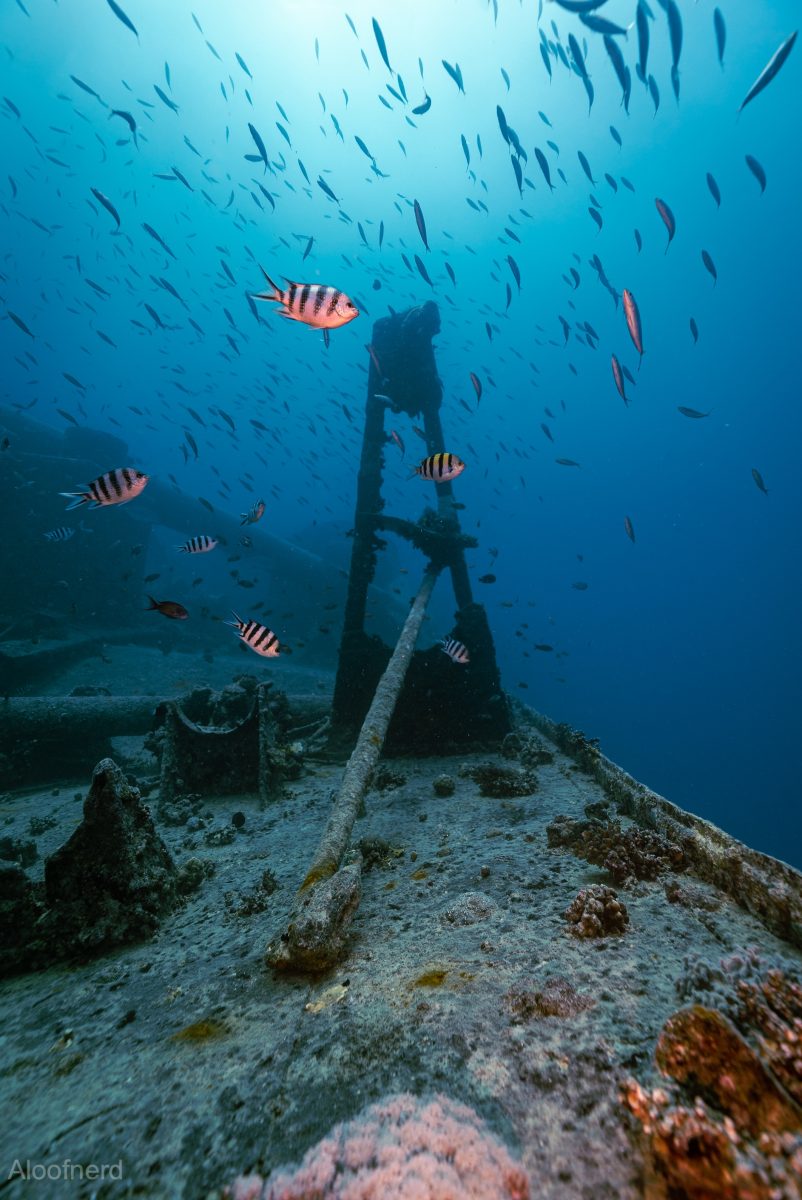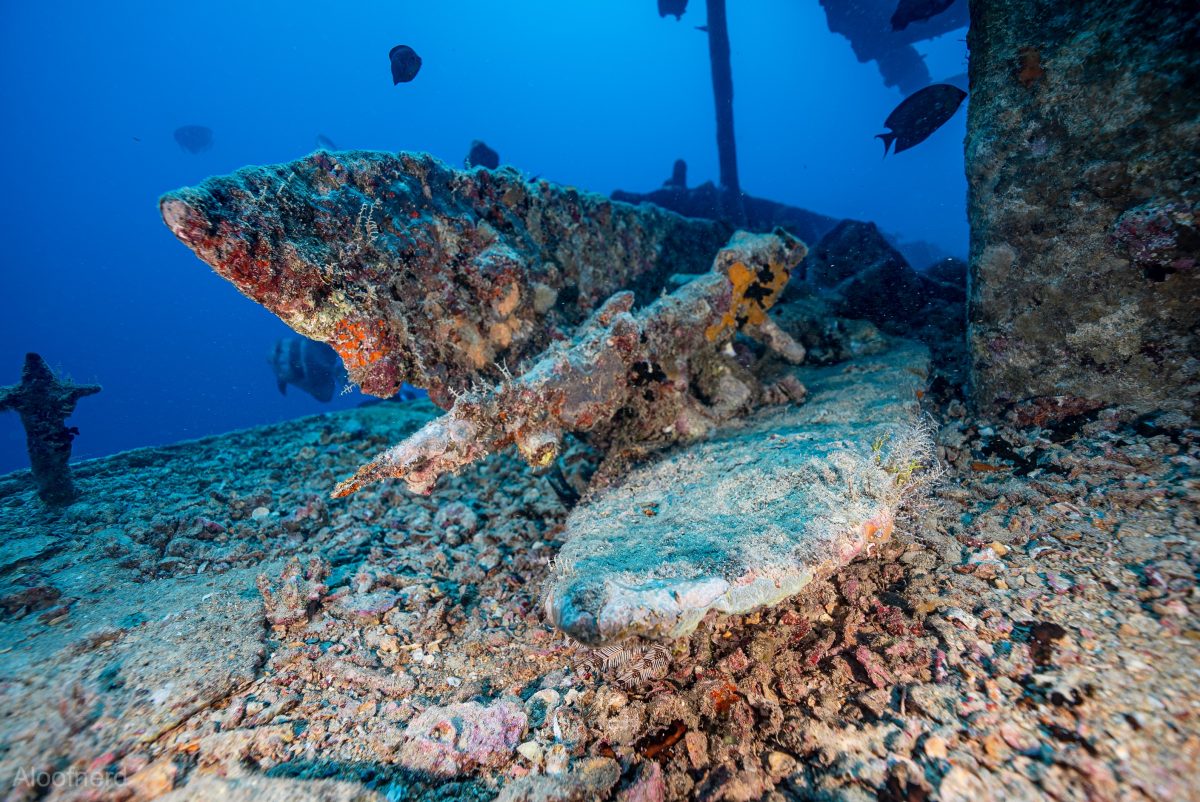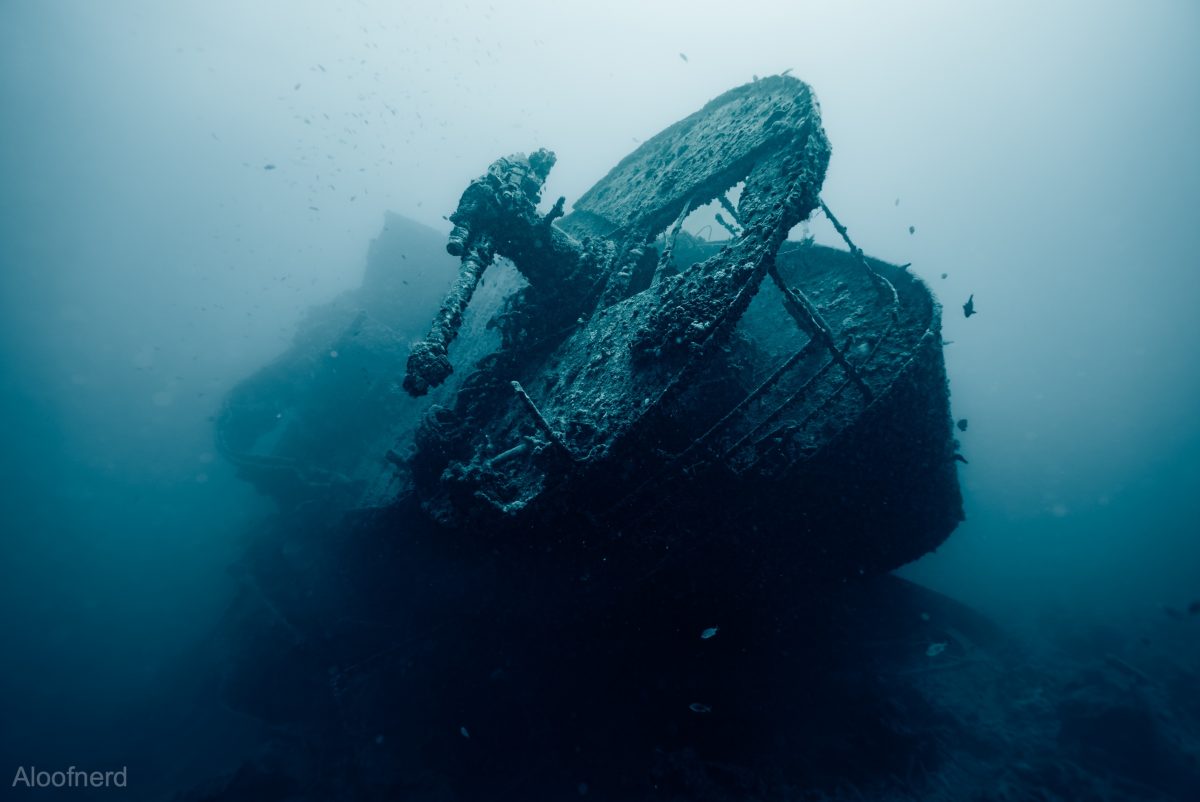By Alicia Johnson, Graduate Researcher, Alexandria Centre For Maritime Archaeology & Underwater Cultural Heritage
While scouring the depths of the Red Sea in 1955, Jacques Cousteau, a famed explorer, discovered the famous Thistlegorm, a British merchant vessel submerged off the Southern tip of the Sinai. The extensive documentation and international media coverage of Cousteau’s discovery spurred significant public interest in maritime exploration and launched the shipwreck’s reputation as a remarkable dive site. It is estimated that Thistlegorm, a World War Two British warship sunk by Luftwaffe forces in 1941, brings in 5 million Euros of revenue a year and attracts thousands of visitors each year to the Red Sea of Egypt. Over time, as diving gained popularity, the wreck has become a large attraction for international divers and was recently awarded the #2 Best Shipwreck dive by PADI this year.
Throughout history, ships have been anthropomorphized and evolved alongside mankind, often taking on a life of their own; even in death, a ship’s demise is as dramatic as that of its flesh and bone crew. Akin to its makers, a ship’s death can be followed by its resurrection via explorers, filmmakers, musicians, story tellers, divers, maritime archaeologists, and museums. In short, a ship’s life does not cease just because it slips beneath the seas; instead, a shipwreck metamorphosizes into a valuable time capsule and an irreplaceable addition to humanity’s shared maritime cultural heritage. These historic shipwrecks can provide information benefitting academic research, stories, myths, and media which delight the public, sights of attraction for tourism and sports divers, and avenues of commerce, revenue, and employment which stimulate the local economy.
Protection of Historical Shipwrecks
Prior to the advent of recreational SCUBA diving, wrecks remained largely inaccessible to people and preserved by the anoxic underwater environment; however, with the popularity of recreational diving, shipwrecks have become SCUBA tourism destinations. Whereas deep sea wrecks remain largely unreachable by recreational SCUBA divers, shallow water wrecks have become an attraction for divers, a target for looters and salvers, and are at risk of decomposition and destruction.
Classified as Underwater Cultural Heritage (UCH) by UNESCO’s 2001 Convention on the Protection of the Underwater Cultural Heritage, historic shipwrecks (<100 years of age) are acknowledged to be “an integral part of the cultural heritage of humanity and a particularly important element in the history of peoples, nations, and their relations with each other concerning their common heritage.” As protection is afforded to shipwrecks older than 100 years, WWII ships, such as Thistlegorm, are excluded from protective legislative, leaving them in a purgatorial status of increased degradation.
Popular historic Wreck Dives of the World
Many diving destinations are found in developing countries which offer travelers a pleasing and budget friendly vacation. For example, several premiere wreck dives, such as Thistlegorm (Egypt), Basuanga Bay (Philippines), and Liberty (Indonesia) are historic sites which attract many visitors a year and stimulate the local economy. The positive influx of tourism benefits the local community and provides employment opportunities to the local population. Dive tourism creates a need for hotels, marinas, boats, dive centers, restaurants, retail and so forth. During the last half century, the Blue Economy has prospered and brings high value tourists to developing countries.
However, many of these historic shipwreck sites, such as the Thistlegorm in Egypt, are at-risk heritage sites and face difficulties with archaeological efforts to excavate, document, and manage the site. Effective heritage management can be hampered by domestic political issues, insufficient resources, limited funding, and a shortage of local specialists; mismanagement, or lack thereof, can lead to a lack of oversight, loss of archaeological integrity, unsustainable number of visitors, and little public outreach—all of which can be harmful to a site’s preservation and diminish cultural appreciation. Without effective management these sites deteriorate at a faster pace and face the risk of being irreparably damaged or lost.
History of the Thistlegorm
While the Thistlegorm site has become a flagship of Scuba and Egyptian tourism, the wreck is, more importantly, a grave and a reminder of the sacrifices made during WWII’s North African theater. Lost during WWII, Thistlegorm was an armed commercial freighter ship carrying a cargo of vehicles, aircraft spares, and ammunition, and sunk by a Nazi Luftwaffe air raid in 1941. Operating with a crew of 42, the 131m Thistlegorm was an Albyn Line merchant refitted with 4in high angle anti-aircraft gun, 12pdr low angle gun for surface targets, and machine guns.
Thistlegorm faces unavoidable threats such as weather and currents; however, our human impact on the site is manageable. Ongoing Maritime Archaeological Projects, such as the Wrecks at Risk and Project Thistlegorm, are working to document the site and have created a photogrammetric model of the wreck, similar to the recent Titanic scans. Simon Brown has also created an orthomosaic of the wreck. In the future, efforts are being made to create a more efficient mooring system and to have the site recognized as a UNESCO Cultural Heritage Site; but thus far, the shipwreck is open year-round to copious numbers of divers and a destination offered by many dive companies from the Sinai and Hurghada.
If you can visit Egypt…and want to dive Thistlegorm…
be sure to book a live aboard safari out of Sharm el Sheikh or Hurghada. Egypt has some of the world’s most beautiful and affordable diving and consistently ranks as one of PADI’s top countries to dive. Enhanced by historical shipwrecks, such as Thistlegorm and Carnatic, the Red Sea is characterized by the colorful aquarium like reefs teeming with sea goldies. Diving the Red Sea grants visitors an immersive and interactive experience with marine biodiversity and a chance to explore the rich history of the Indo-European trade and military history. A visit to the underwater museum of Thistlegorm will be unlike any other trip you have ever had, and you’ll swim away with travel photographs to last a lifetime. If you would like to know more about the Thistlegorm, please check out the book: Diving the Thistlegorm: The Ultimate Guide to a World War II Shipwreck.

